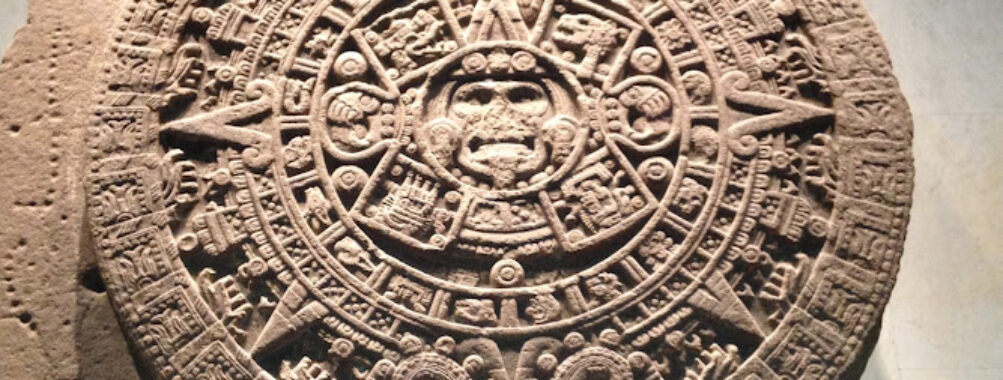
Museum of Anthropology and History
“`html
Table of Contents
Description
The Museum of Anthropology and History is one of those places that quietly sneaks up on you. At first glance, it may look like another cultural stop on your travel itinerary, but once inside, the depth of its collections and the way it tells the story of human history really grabs your attention. It’s not just about gazing at old artifacts in glass cases – though there are plenty of those – it’s about piecing together the lives, struggles, and triumphs of the people who came before us. And honestly, there’s something humbling about standing in front of objects that have survived centuries, sometimes millennia, and realizing how small our own daily worries might be in the bigger picture.
The atmosphere here is a mix of scholarly and approachable. You’ll see families with kids pointing excitedly at ancient tools, university students scribbling notes for their research, and travelers like you and me who just want to soak in the stories. The museum makes an effort to be accessible to everyone – from wheelchair-friendly entrances and restrooms to areas designed with kids in mind (yes, even changing tables for the littlest travelers). It’s clear the team behind it thought about the practical side of visiting, not just the exhibits.
Of course, not every corner of the museum is perfect. Some areas feel a little dated, and you might come across exhibits that could use a refresh or better lighting. But honestly, that’s part of the charm – you get a sense of authenticity, like the focus is more on preserving history than creating a polished theme park vibe. And if you’re the type who enjoys live performances, you’ll appreciate the cultural events that sometimes pop up, bringing the artifacts to life with music, dance, and storytelling.
Key Features
- Extensive archaeological and ethnographic collections spanning centuries of history
- Live performances and cultural demonstrations that add context to exhibits
- Wheelchair-accessible entrances, restrooms, and parking for ease of access
- Family-friendly amenities, including changing tables and kid-friendly displays
- On-site restrooms, though no restaurant facilities (so plan meals accordingly)
- A balanced mix of permanent and rotating exhibits to keep repeat visits interesting
Best Time to Visit
If you’re like me and prefer avoiding crowds, mornings during the week are the sweet spot. The halls feel calmer, and you can actually take your time reading the exhibit notes without someone hovering over your shoulder. Weekends, especially afternoons, can get busy with families and tour groups. That said, if you enjoy the buzz of energy and don’t mind weaving through people, weekends have their own charm. The museum sometimes schedules live performances on weekends too, so you might catch a cultural show if your timing is right. Weather-wise, since much of the experience is indoors, it’s a great option for a rainy day when outdoor sightseeing isn’t appealing.
How to Get There
Reaching the Museum of Anthropology and History is fairly straightforward. Most travelers arrive by taxi or rideshare, which is convenient if you’re not familiar with local public transit. If you’re the adventurous type who enjoys figuring out buses and trains in a new city, you can usually find a route that drops you within walking distance. Personally, I’ve always liked walking the last stretch to a museum – it sets the mood and gives me time to imagine what I’m about to see inside. Parking is available nearby, and the fact that it’s wheelchair accessible makes it easier for travelers with mobility needs. Just keep in mind that traffic in the area can be unpredictable, so give yourself extra time if you’re heading there during peak hours.
Tips for Visiting
First tip: don’t rush it. Give yourself at least two to three hours to really explore. I once tried to squeeze the museum into a single hour before catching a train, and I left feeling like I’d only skimmed the surface. If you’re traveling with kids, know that the museum is surprisingly child-friendly. There are exhibits that capture their imagination, and the presence of changing tables makes life easier for parents.
Bring a bottle of water and maybe a snack, because there’s no restaurant on-site. You’ll find plenty of places to eat nearby, but it’s nice to have something on hand if you get peckish mid-visit. Photography is usually allowed, but always check the signs – some exhibits may have restrictions. And if you’re a history buff, consider taking a guided tour. I did once, and the guide’s anecdotes added layers of meaning I would’ve completely missed on my own.
Lastly, wear comfortable shoes. It sounds obvious, but you’d be surprised how much ground you end up covering. And don’t be afraid to linger in front of the pieces that speak to you. Museums like this aren’t about rushing; they’re about connecting – in your own way – with the people who came before us.
“`
Location
Places to Stay Near Museum of Anthropology and History
Find and Book a Tour
Explore More Travel Guides
No reviews found! Be the first to review!